Smartphone Studio Ep. 1: Intro To Cinematography [5:43]
TRANSCRIPT
Cinematography is "the art of telling a story visually.”
We’re going to go over 9 key shots to help you tell your story more effectively, efficiently and cinematically. By learning the art of cinematography, you’ll move from just shooting video to becoming a true filmmaker.
Recording the same scene from different angles is called getting Coverage. It’s called that because you want to make sure you’ve covered all the necessary elements to edit the story together cohesively. This also gives you options when editing so you can pick the best shot that conveys the mood or tone you want your audience to feel.
Let’s dive into the 9 most widely used shots that you can use to get proper coverage for your scene!
They are:
Establishing (ES)
Wide (WS)
Master Shot
Medium (MS)
Low/High Angle (LA) (HA)
Close Up (CU)
Extreme Close Up (ECU)
Tilt (T)
Tracking Shot/Dolly Shot (TS) (DS)
Let's Go Over each shot:
The Establishing shot is used to introduce a new location and provides context to a scene. These are quick 1-2 seconds of a scene from 1 angle, which is usually a very wide or aerial view. You do not need to have the main subject in the shot, as it can just be of the environment to establish mood and time of day.
The Master Shot - This shot is set up to capture all the main action in one continuous recording. Most of the time this is the first shot captured to establish the foundation of what other coverage is needed. You don’t want to use this for very long in your edit because it can make your film look too stagey. Think of a Master shot as your reference and backup in case you need it to fill in any gaps in your coverage.
The Wide shot is used to show your character/characters in the environment completely within the screen (frame) of the shot. This shot is used to give the viewer context to the subject within their environment.
Medium shots. These are the shots that come between shots like Master shots and other Angles. Medium shots connect scenes to each other. These shots are captured from the waist up and give detail about the character and surroundings. These are used a lot for dialogue scenes. These shots can be used to frame multiple actors and subjects at once. Since everything in the shot is on the same plane (eye view) nothing is favored.
Low/High Angle shots. These shots are positioned to either look up or down on a subject.
Low Angle shots are when your eye line is down and looking up at a subject. These shots convey a sense of height and power.
High Angle shots are when your eye line is above and looking down at the subject. These shots convey vulnerability/weakness, fear and other strong emotions.
Close Up is used to connect the audience to one subject or character. These shots focus on one subject, particularly the head, or top of shoulders and head in a medium close up. A close up is used for intense connections and emotions.
An Extreme Close Up is an even tighter shot of a particular feature of the subject, such as the eyes or mouth. Gives the audience a greater connection to an intense feeling or emotion, like you are truly there. This shot often follows a close up shot where you want the audience to truly feel the emotion and sense the subject is feeling.
Tilt is where your camera is fixed on the tripod but moves up and down on a vertical plane. Similar to one raising and lowering their head. Just like the Low and High Angle shots, downard tilts are used to observe action over a large area. Upward tilts creates the impression of weakness and inferiority in a subject or character.
Tracking Shot/Dolly Shots are achieved by moving your camera alongside your subject laterally. This is a visually appealing way to get from one subject or location to another without cutting. You are also able to explore locations in more detail with a tracking or dolly shot. If you’re shooting handheld it will give your scene a more raw, intimate feeling while using a gimbal will give your scene a more cinematic feel. These shots are also used to connect two characters together that start in separate spaces.
Now that you know what each shot is and how they convey a certain feeling , watch some of your favorite movies and shows and identify what shots they used to achieve different emotions.
